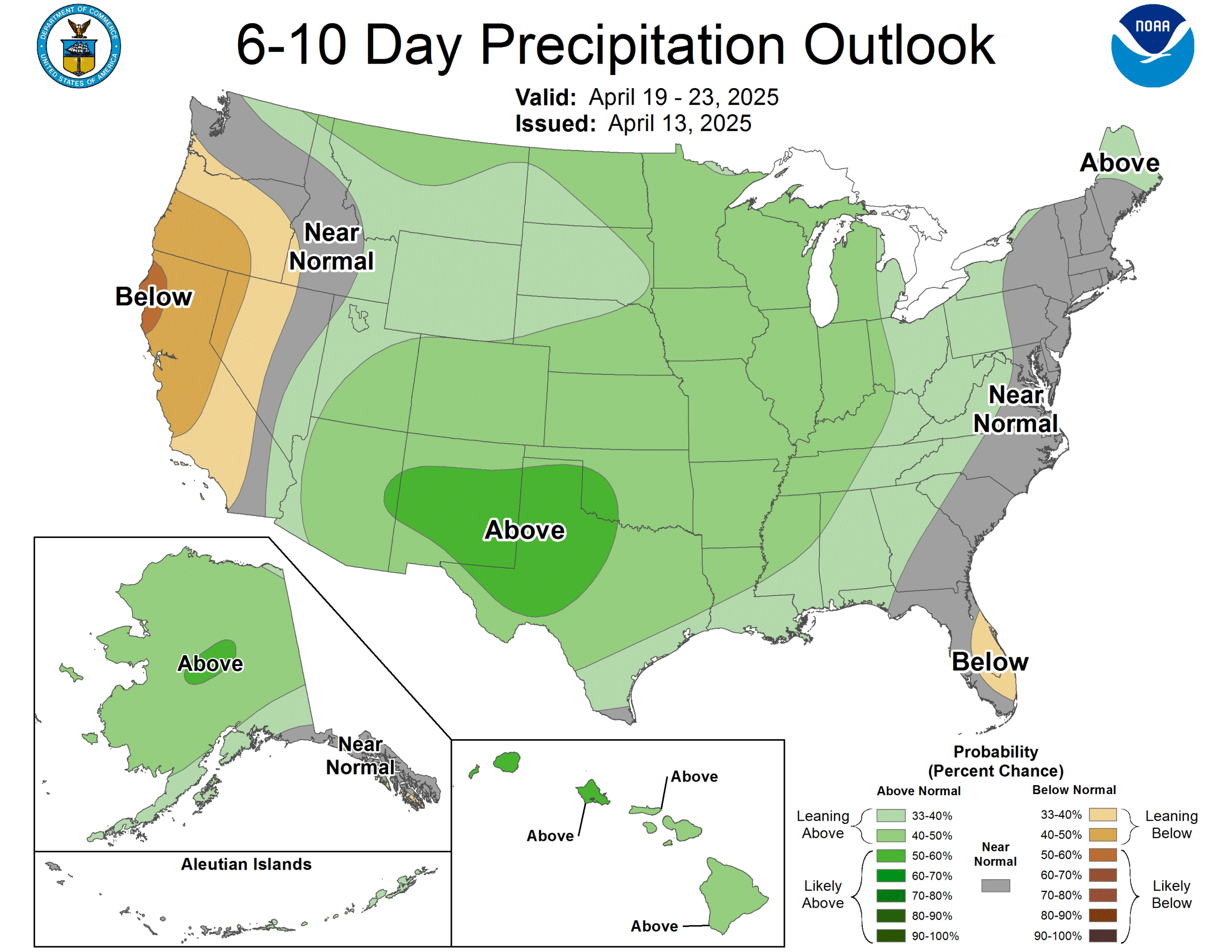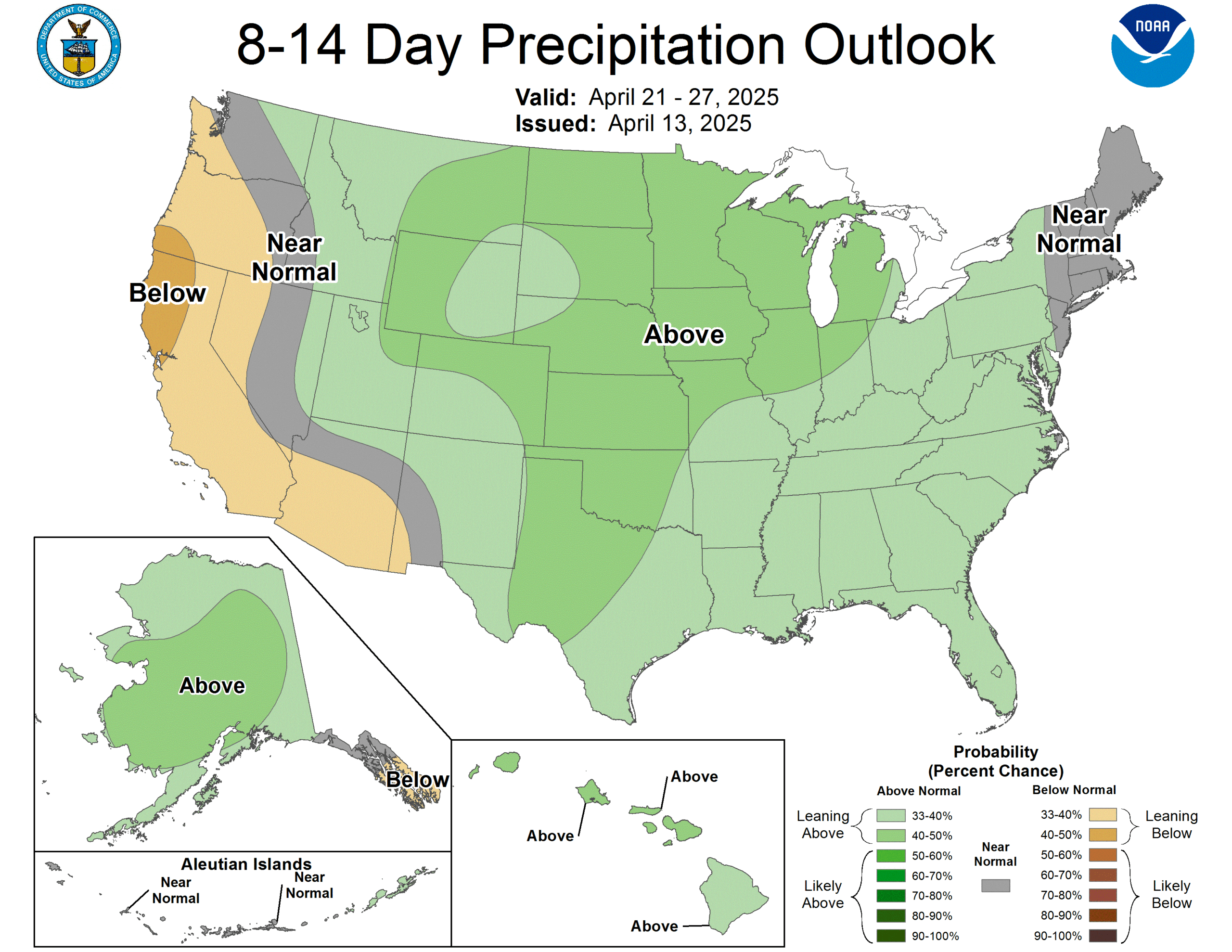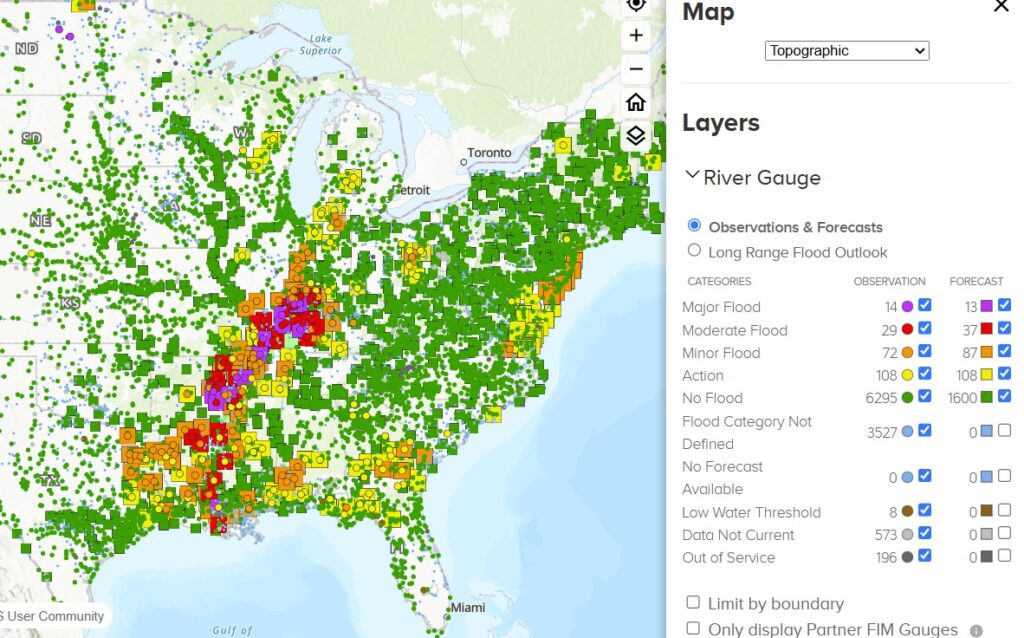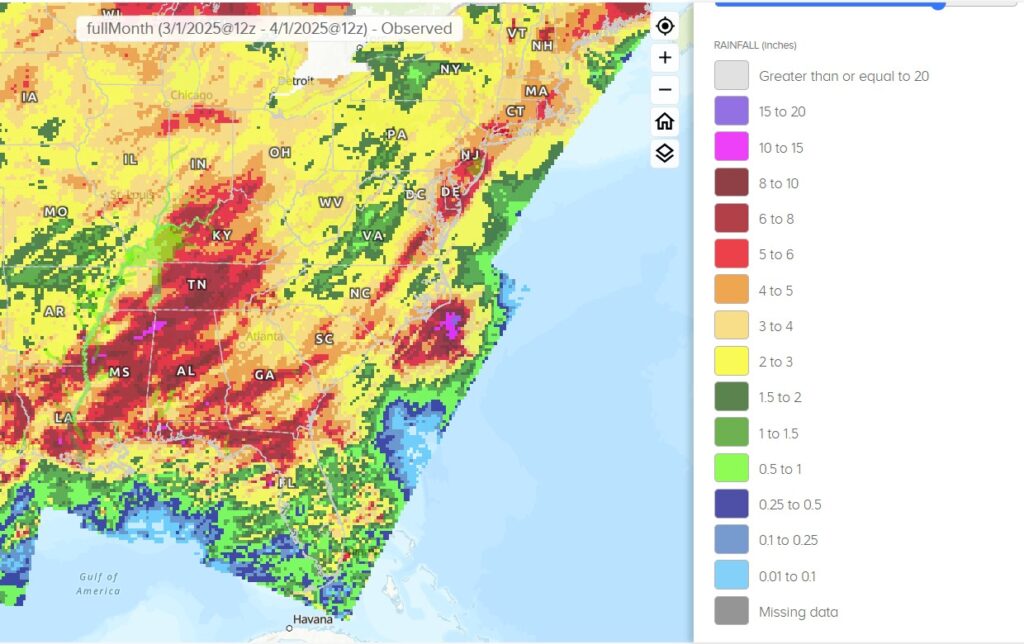The number of tornadoes reported in the United States has risen dramatically in the last couple of decades, and there is a pretty good reason for that. Radars are better, there are storm chasers everywhere for nearly every storm, and as a result, we are detecting them with much greater frequency. They’ve always been out there, but now we are able to identify them.
This is the same as many ailments. We may not have been able to identify them in the past, but now that we can, the reported cases have gone up. We used to have a lot of cases of consumption, and then tuberculosis was identified, and what we knew as consumption actually was related to many other symptoms, so consumption, now known as TB saw case numbers rose.
The analogy is a little bit different to what is going on this year, but more or less the same. There is a lot of forecast lead time for storms this year. Either because the storms this year are a little bit stronger, or models are better, or there is a change in philosophy, but there has been a greater willingness by the Storm Prediction Center to put greater risk in outlooks further out in days four and beyond. It used to be that any outlook beyond two days with a slight risk was remarkable, and now we regularly see it in the extended outlook.
This has been a gradual trend that is quite apparent this year. I’d like to have some clarification if there was a change in philosophy or just the natural evolution of confidence in forecast guidance, but obviously, there are other things that government meteorologists have on their minds right now. Whatever the cause, this year I have seen more 15 and 30% risks for severe weather in the SPC’s extended outlook this year than ever before. And they don’t always end up being moderate or high risk days by the time the forecast gets a close to the valid date.
The end result of the SPC’s willingness to issue outlook areas further into the future is that news agencies and ultimately your friends and neighbors pick up on those forecasts, and are able to talk about them for longer. So you ARE hearing about storms more, because you get to hear about them for longer. I think this transition time with greater warning lead times for thunderstorms days is a transitional moment, and communication, as always, needs to be the most important thing.
If people are talking about forecasts for a longer period ahead of the forecast valid time, then the expectation is that that storm will be significant grows. It’s important that the extended outlooks are communicated with reasonable expectations, otherwise trust in the meteorology community (always low, of course) will wane, and the intended benefits of better forecast are ultimately counterproductive. Because we have an apparently elevated ability to forecast thunderstorms in the future, we should also be able to forecast without dire terminology in every forecasting scenario.
There was a moderate risk for severe weather in an event that had been advertised for almost a week in southern Minnesota and northern Iowa on Monday. Ultimately, it verified with a strong line of thunderstorms, hail and a few embedded thunderstorms, however the line split and completely missed the largest population center within the moderate risk area. The Twin Cities didn’t really even get a drop of rain.
Ultimately, models will get better and more refined, and forecasts can get drilled down even further. In the interim, because of the nature of storms and the irregular distribution of population, a very good forecast registered as a poor one for many people. Is the extended outlook providing the benefit it intends to? The relationship between meteorologists, the media and the population needs to thrive on open communication so the improvements can be appreciated by all.











